Falkirk Wheel: Behind-the-scenes tours to follow unique 22-year-old canal boat lift’s biggest overhaul
It’s the equivalent of upgrading from a old Nokia mobile to an iPhone 15.
The Scotsman was given exclusive access inside the unique Falkirk Wheel rotating boat lift as it undergoes the biggest overhaul since it was built – and it can be revealed the public will soon be able to take this first behind-the-scenes tour for years.
Advertisement
Hide AdAdvertisement
Hide AdAs one of Scotland’s most popular visitor attractions nears its 22nd birthday in May, its inner workings are being brought up to date just like a leading phone of its day being replaced by Apple’s latest mobile.
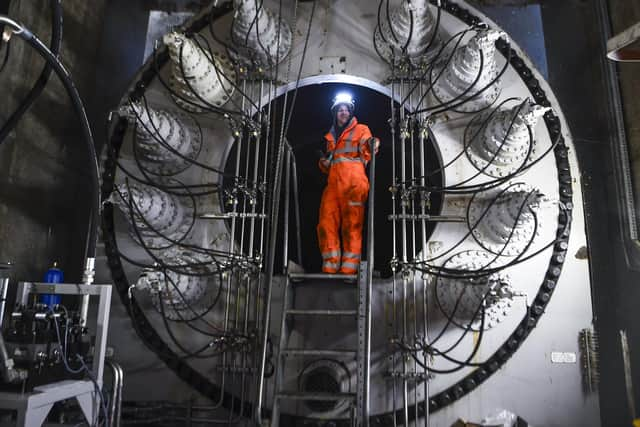

The Wheel was built as the centrepiece of the Millennium Link, joining up the re-opened Union and Clyde & Forth canals. The structure remains the only one of its type globally, lifting boats 35m (115ft) between the waterways.
It already boasts great ingenuity in the way its two vessel-carrying gondolas balance each other – and its mechanism requires the equivalent of just eight kettles worth of power for each rotation.
However, the Wheel’s overhaul will make it even more energy efficient, with its systems now able to switch off between movements. This is expected to substantially reduce power consumption, and owner Scottish Canals said it may also reduce the number of kettles.
The £2.7 million project, which started in November, is due to be completed at the end of March, which has required an unprecedented 17-week closure compared to the Wheel’s normal six-week maintenance shutdown.
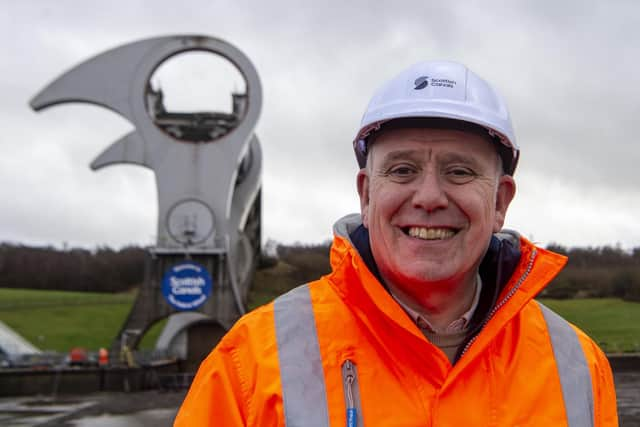

This involves all its internal operating systems being modernised with new hydraulics, control panels, sensors, cables, hoses and seals.
Ross Speirs, Scottish Canals’ head of engineering and infrastructure, said: “The project has been a full refit of the original mechanisms that powered the Wheel and ensured the operation was safe. It’s probably similar to how we would look at a Nokia. Twenty-one years ago, the Wheel was [the equivalent of] a Nokia phone, the most high-powered, expensive and well-used piece of equipment we had.
"The Wheel was unique and it still is. However, people are now using iPhone 15s, so we’re looking at upgrading to the modern standards we would expect everybody else to have today.
Advertisement
Hide AdAdvertisement
Hide Ad"We have also built a lot more resilience into it. Back then, we were state of the art, but it’s moved on and we have brought in a lot more safety within the system, including double sensors everywhere, so if one fails we have still got secondary ones.
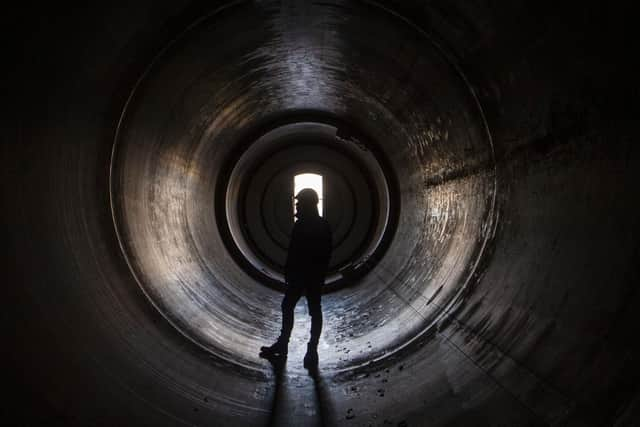

"We have got a lot more sensors on the gondolas, and for the doors opening and shutting, even the seals – everything is a lot better.”
Mr Speirs said the technology meant fewer staff needed to be on hand so could work more productively elsewhere on the site.
He said: "You still have one person that’s going to be here all the time, and if we’re doing certain manoeuvres we still have people round about. But it means at other times they can do other things within the area.
"It means we’re not having them hanging about all day purely to work on the Wheel when they could be working elsewhere.”
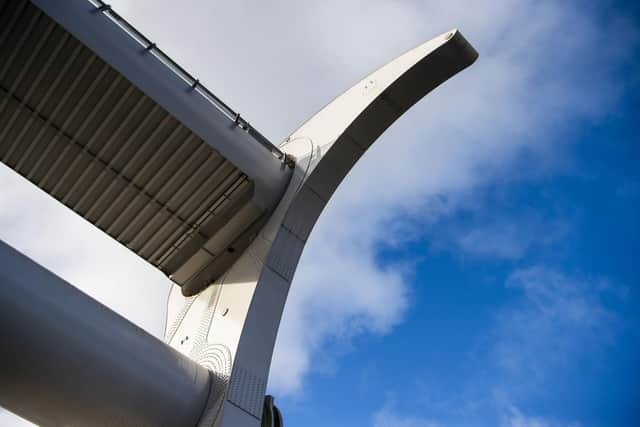

Project manager Stephen Taylor, who heads a team of around 30 people, said the improvements would make the Wheel even greener.
He said: “When it opened, the then state-of-the-art technology meant the power had to be on all the time, even when the Wheel was not rotating.”
Mr Taylor, who is also Scottish Canals’ technical manager for mechanical and electrical, said: “All the motor control gear has now been replaced with inverter drives, which means that whenever the Wheel is not in use, they can shut down. It should make a very significant difference.”
Advertisement
Hide AdAdvertisement
Hide AdScottish Canals said use of the hydraulic pumps, one of the Wheel’s biggest energy users, would reduced by 65 per cent.
The work is due to be followed by the first “engineering” tours inside the Wheel for five years. These may see visitors climbing internal ladders up the seven levels of the structure, including being able to enter its huge axle.
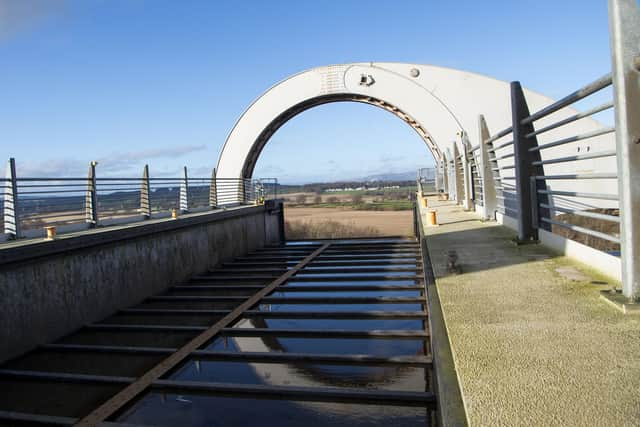

Mr Speirs said: "We are looking at bringing in ‘Behind the Wheel’ tours again sometime later in the year. We are working with others to make sure that we can get something that is achievable for us to deliver, but also interesting for the public to come and see.
"We will be able to show people how we work the wheel, including with a model that shows how it operates, and get them to try to turn a virtual version of the Wheel using software. They will get a feel of how the controls are operated, and be able to come up the ladders, hopefully.”
The Wheel attracts some 500,000 visitors a year, with the total more than 6.5 million since Queen Elizabeth officially opened the structure in May 2002.
The structure replaced 11 locks which took boats all day to navigate before the canals closed to through traffic nearly a century ago and were shut in the 1960s. However, two locks remain on the Union Canal above the Wheel because to remove them too, “the cost implications would have been quite phenomenal”, Mr Speirs said.
More than 3,500 boats a year use the Wheel to travel between the canals, while tour boats also offer hour-long trips up and down, which will resume when it opens in late March. The visitor centre remains open during the refurbishment.
Mr Speirs said the structure continued to fascinate visitors. He said: "It’s unique – it is the only turning boat lift in the world and very clever, but very basic in its operation.
"When a boat goes into the gondolas, it disperses the water that’s there, but stays the same weight. It spins very, very slowly and smoothly and you don’t even know you’re moving.”
Comments
Want to join the conversation? Please or to comment on this article.